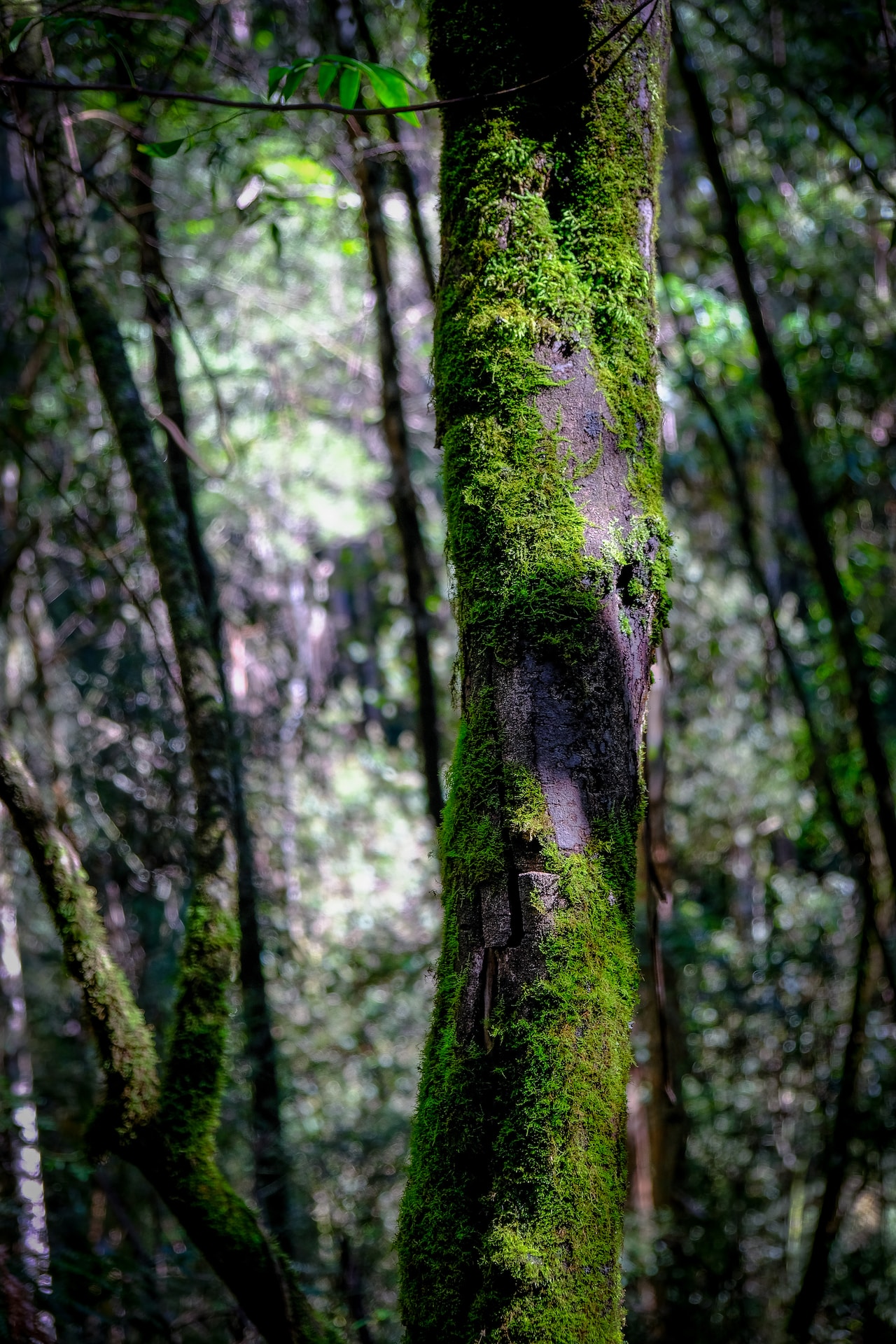Whales are majestic creatures that roam the oceans and captivate the human imagination. Understanding their behavior and activity patterns can provide valuable insights into their lives. One question that often arises is, “What time of day are whales most active?” In this article, we will explore the factors that influence whale activity and delve into the different periods when they are most active.
Factors influencing whale activity
Several factors come into play when determining the time of day whales are most active:
1. Feeding patterns
Whales are known to feed on various marine organisms, such as krill, plankton, and small fish. These food sources often have their own unique behavior and daily patterns. Certain species of whales may adjust their feeding activity to match the availability of their preferred prey. For example, if their primary food source, such as krill, is more abundant during the nighttime, whales may exhibit increased activity during those hours.
2. Temperature and sunlight
The temperature and sunlight levels in the ocean can significantly impact whale activity. Some whale species, like humpback whales, are known to migrate to warmer waters during certain times of the year. These warmer waters may also have peak sunlight levels, which could influence their activity levels. Additionally, sunlight affects the visibility of prey, making it easier for whales to locate and catch their food. Therefore, whales may be more active during daylight hours, especially in regions where sunlight is abundant.
3. Breeding and social behavior
The breeding and social behavior of whales can also influence their activity patterns. Breeding seasons often lead to increased activity, as whales engage in courtship rituals and mating behaviors. These activities can occur during specific times of the day, depending on the species. Furthermore, social interactions, such as group feeding or traveling, can also dictate when whales are most active. These behaviors often involve coordination among individuals and may be influenced by external factors like tides or the presence of other marine species.
Peak activity periods
While the exact time of day when whales are most active can vary depending on factors mentioned earlier, there are general periods when their activity tends to be higher:
1. Early morning
Many whale species exhibit increased activity during the early morning hours. This could be attributed to the availability of prey after a full night of darkness and the advantage of increased sunlight for better visibility. Observations have shown higher whale sightings and behaviors like feeding or breaching during this time.

2. Late afternoon
Sunset often marks another period when whales become more active. As daylight starts to fade, whales may take advantage of the remaining light to continue their activities, such as feeding or socializing. Additionally, some species may utilize the twilight period to transition between feeding and resting phases.
3. Nighttime
While it may seem counterintuitive, certain whale species are known to be more active during the nighttime. As mentioned before, if their preferred food sources are more abundant during the darkness, whales may adapt and display increased activity at night. Some scientists believe that decreased noise pollution and reduced boat traffic during these hours may also contribute to increased whale activity.
Although there is no definitive answer to the question of when whales are most active, understanding the factors that influence their behavior can provide valuable insights. Feeding patterns, temperature, breeding, social behavior, and available sunlight all contribute to the time of day when whales are most active. Whether it’s during the early morning, late afternoon, or even nighttime, whales continue to captivate our imagination as they roam the vast oceans.